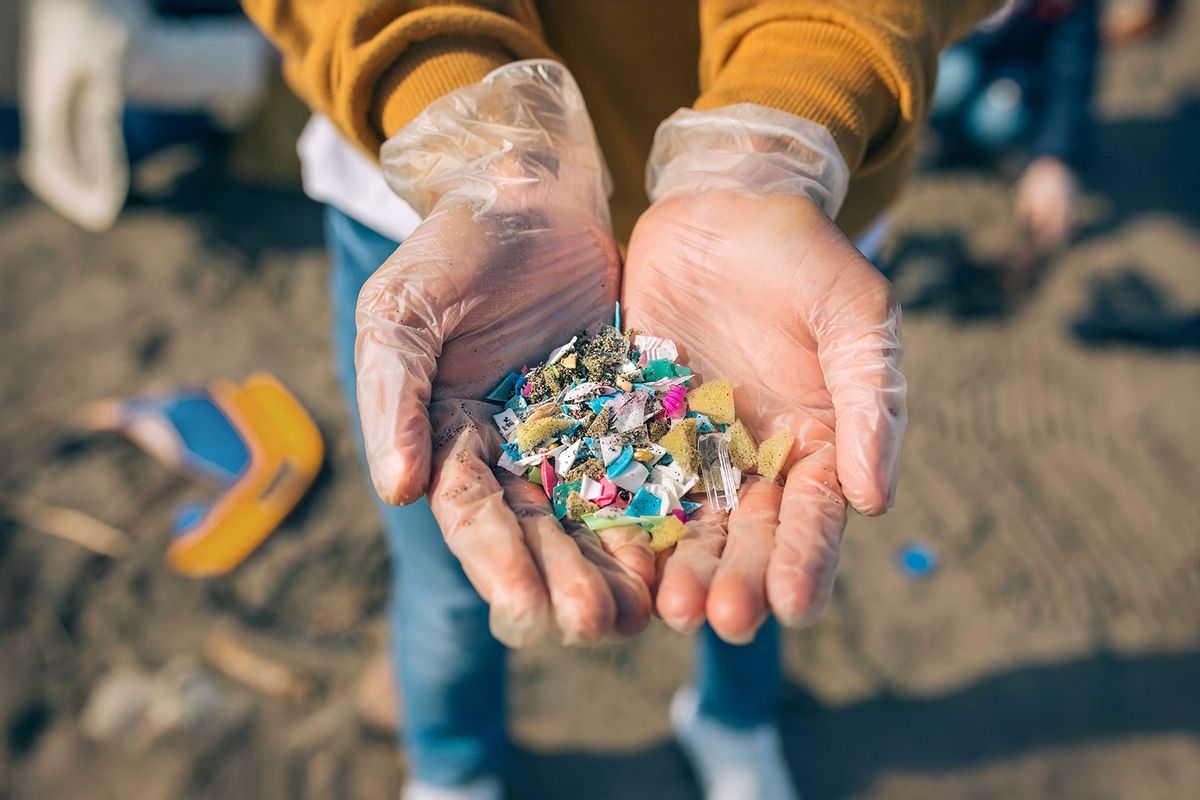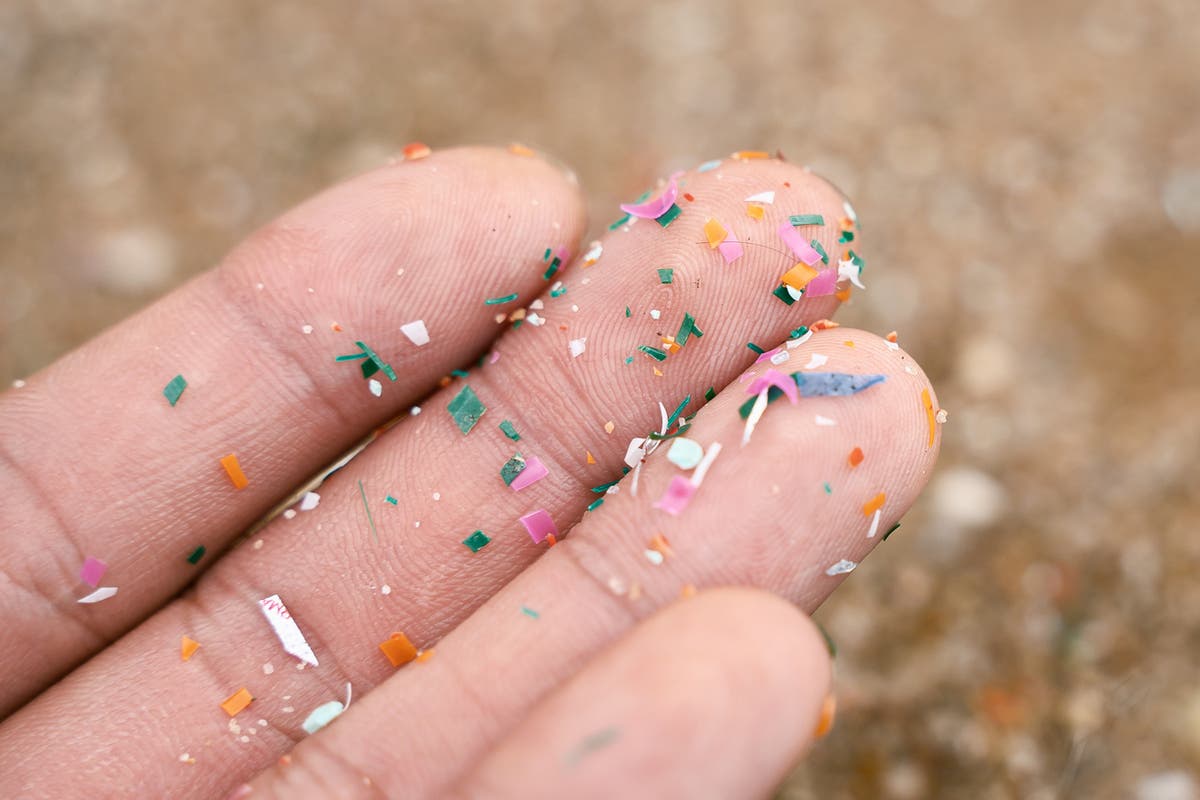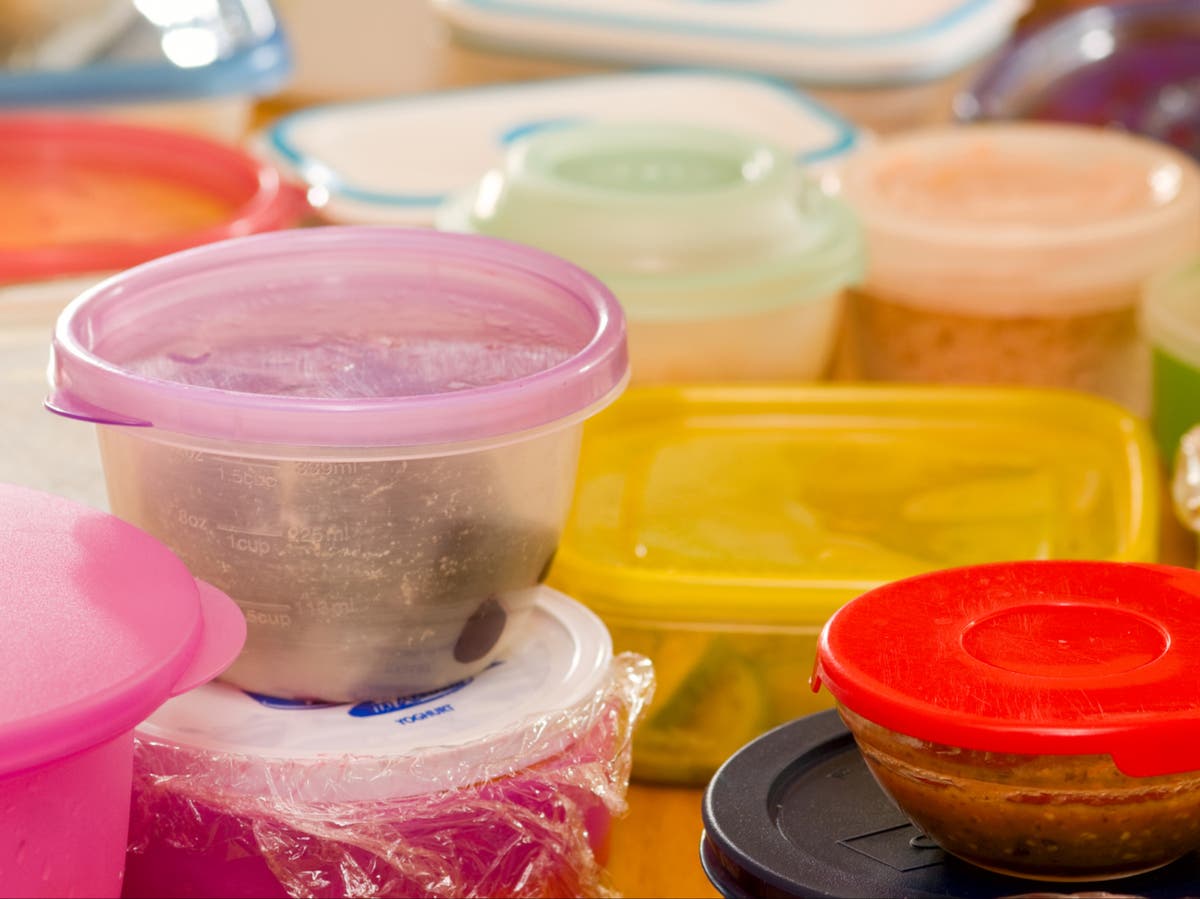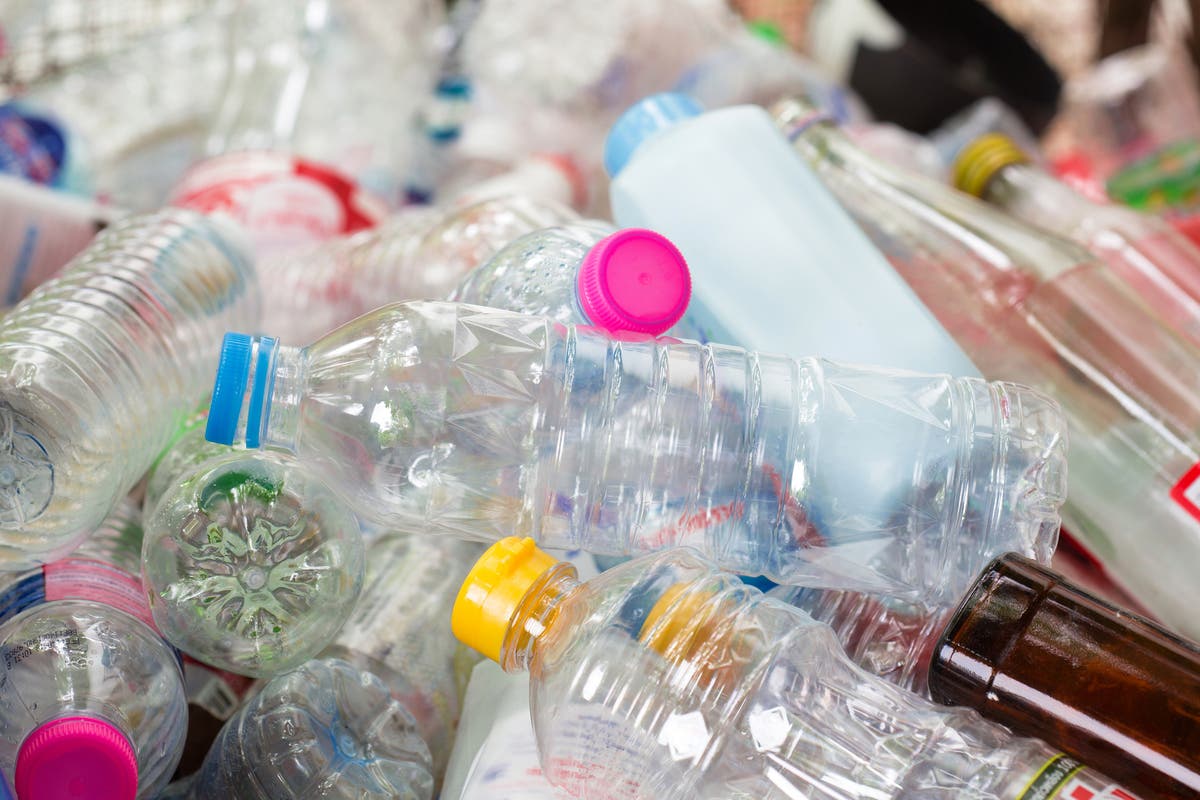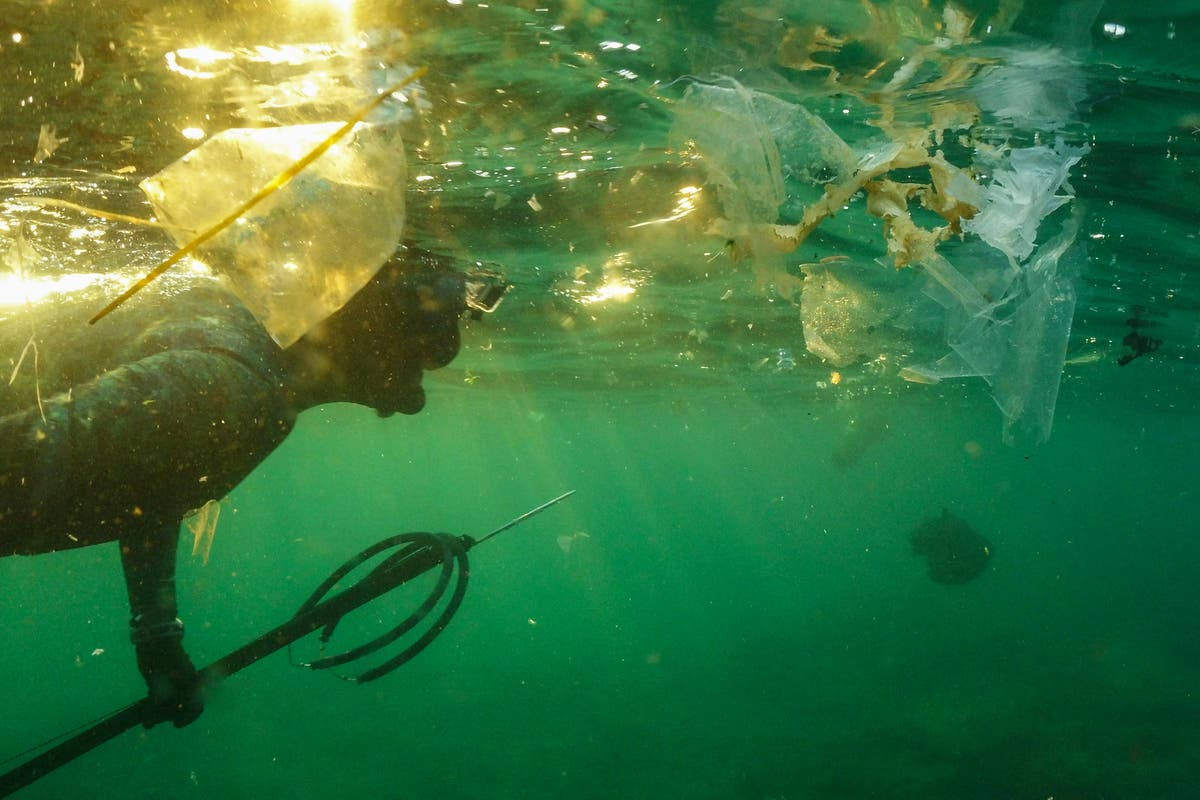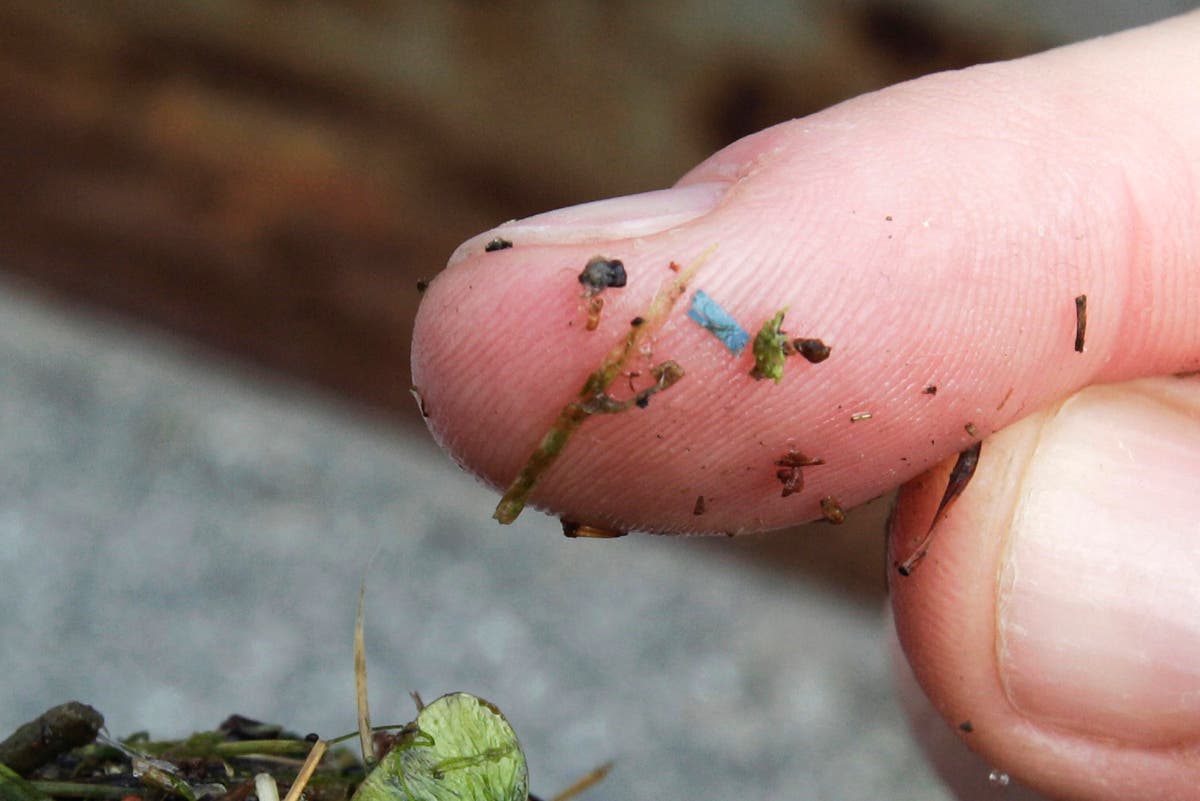
How to limit microplastic exposure in your daily life
The IndependentStay ahead of the curve with our weekly guide to the latest trends, fashion, relationships and more Stay ahead of the curve with our weekly guide to the latest trends, fashion, relationships and more Stay ahead of the curve with our weekly guide to the latest trends, fashion, relationships and more SIGN UP I would like to be emailed about offers, events and updates from The Independent. open image in gallery A spoon carrying microplastics In particular, highly processed foods like frozen chicken nuggets were proven to contain the most microplastics per gram of meat, according to a recent study of 16 protein types that commonly contained microplastics. Another way to decrease microplastic exposure in your food items is by preparing and storing food items in products made of non-plastic materials like wood or glass. The widespread use of plastic isn’t just limited to food products and household items, but also furniture, bedding, and clothing items - the latter of which is typically created by fast-fashion brands that often use synthetic materials like polyester and nylon. open image in gallery Macro shot of micro plastics With 60 percent of clothing materials being plastic-based, according to a report from the UN Environment Programme, not only general wear and tear can result in exposure, but laundry can go as far as to contaminate rivers, oceans, and our drinking water thanks to microplastics being able to pass through sewage treatment plants undetected.
History of this topic

Health Hazard: Researchers Provide First Evidence of Microplastics in Varanasi Air
News 18Discover Related



